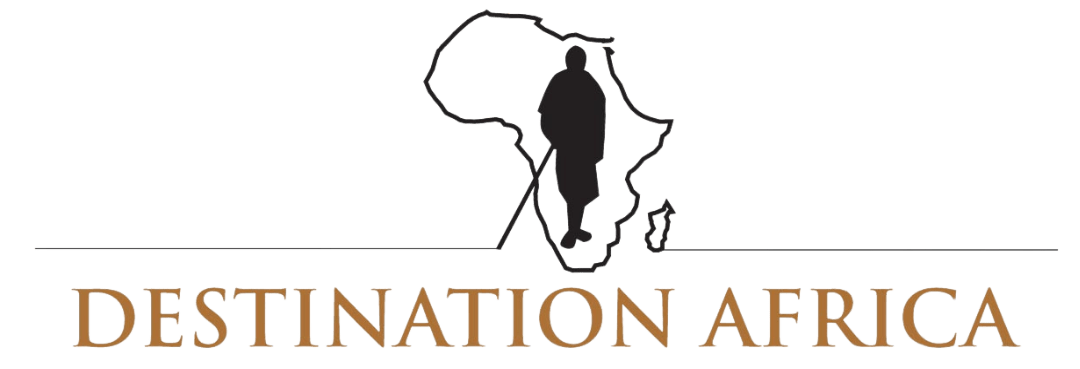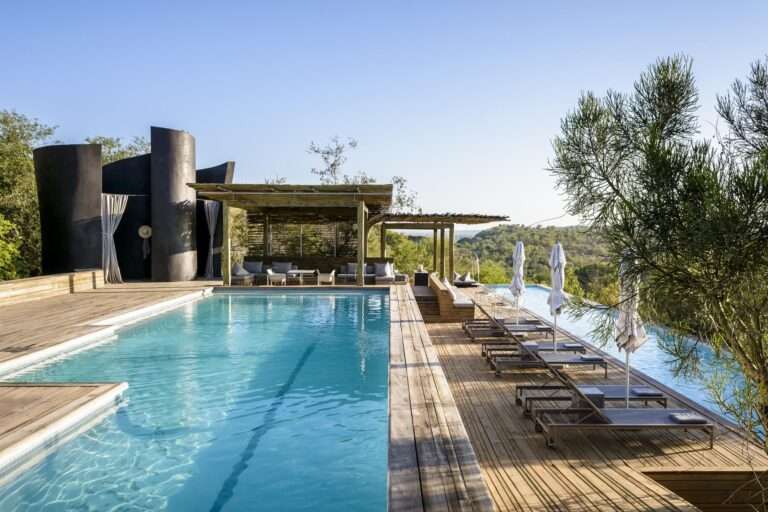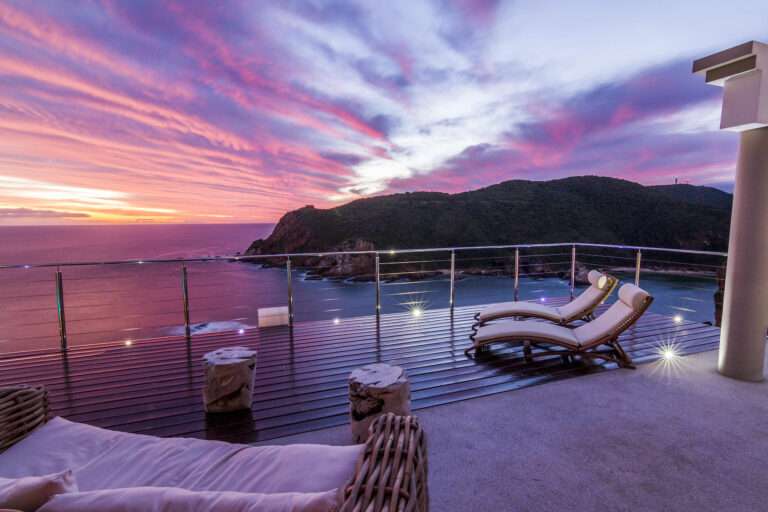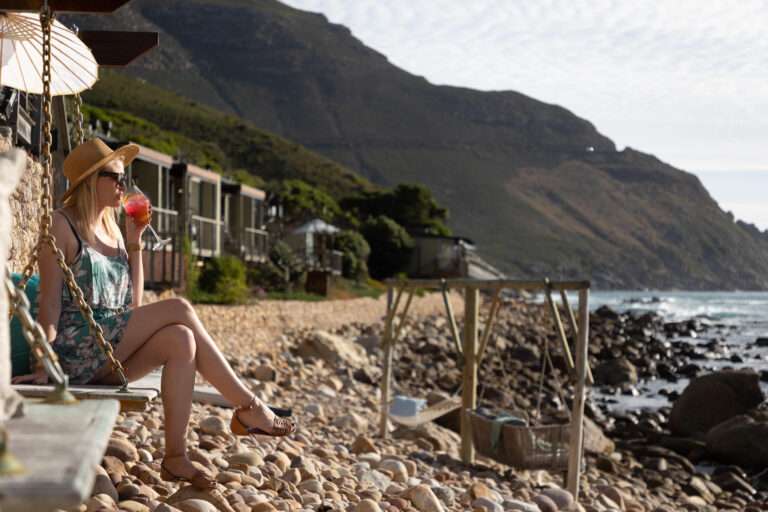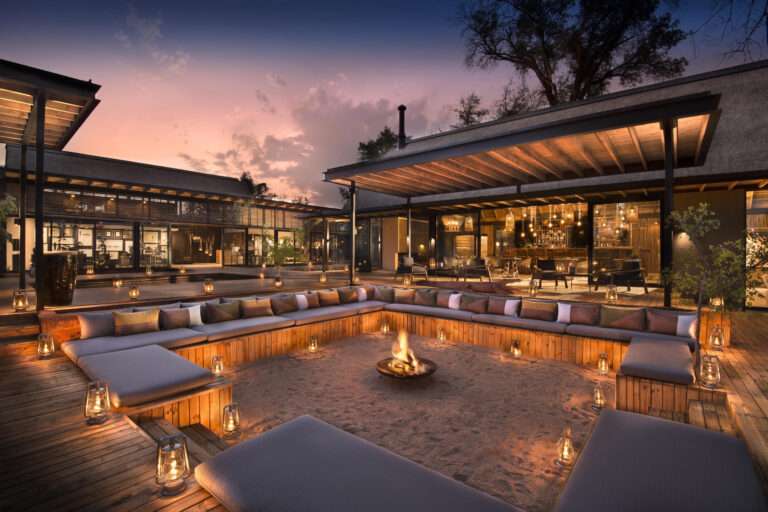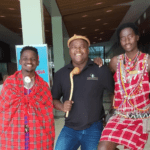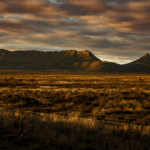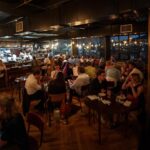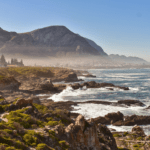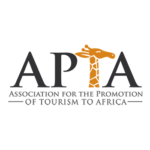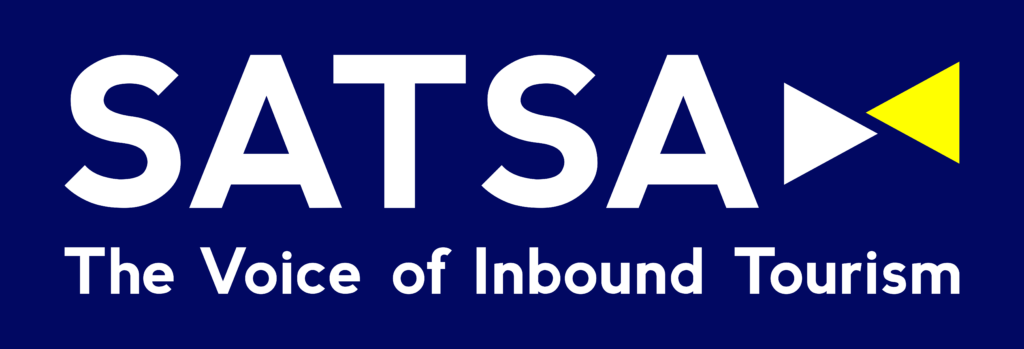A Blooming Marvel
The West Coast and Namaqualand in South Africa magically transform into a colourful tapestry for a few weeks every year. From late July to early October, the arid landscapes of the West Coast and Namaqualand burst into life, creating one of the world’s most breathtaking natural spectacles—the most famous wildflower season.
The floral kingdom that includes Namaqualand is part of the Cape Floristic Region and falls within the Succulent Karoo Biome, recognised as one of the world’s six floral kingdoms.
Over 3,500 plant species flourish here, many found nowhere else on earth. Let me introduce the Namaqua Daisy, iconic bright orange and yellow flowers that dominate the landscape during spring, Vygies, a variety of succulents with brightly coloured flowers that open in the sunlight, Botterboom (Breadtree), a striking succulent with thick stems and small, tubular yellow-green flowers and the Painted Lady, a striking wild gladiolus with pink, white, or red blooms marked by deep veining, to name but a view.
The West Coast and Namaqualand are more than just travel destinations. Whether you come for the flowers, seafood, endless horizons or the wild Atlantic Ocean, one thing is certain: a piece of this coastline will stay with you long after you leave.
Our newsletter doesn’t do justice to the wonder of the Namaqualand and beyond. You have to come to see for yourself. Here’s a glimpse of what awaits you!
If you would like to experience this wonderland, get in touch with Destination Africa.
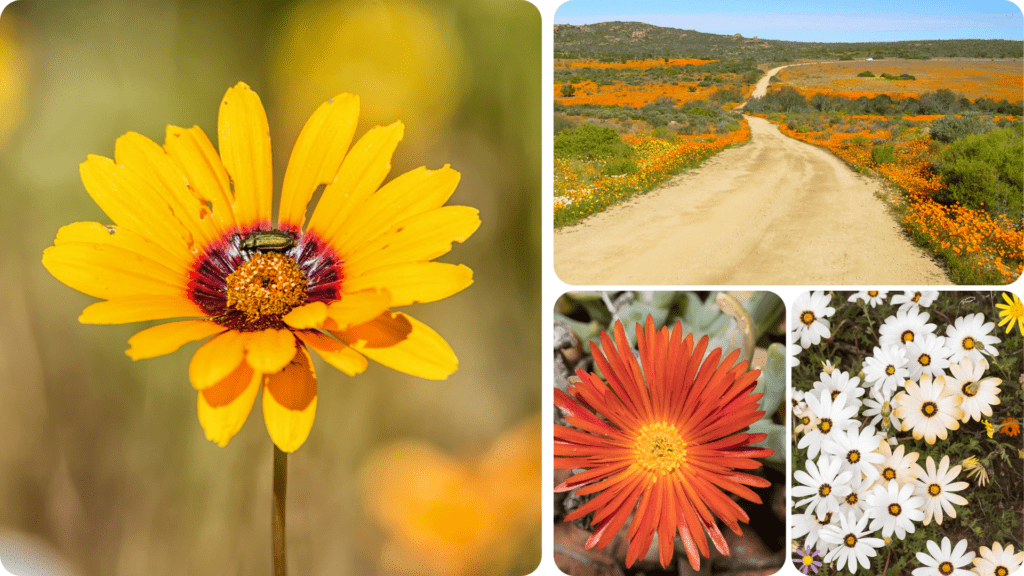
The Spectacle of Namaqualand
For most of the year, the rugged Namaqualand and West Coast wear a robe of arid earth tones, but when the season is right, they burst into a breathtaking floral display that rivals the world’s greatest natural wonders. Yet, beyond the blooms, the region offers untamed landscapes, charming fishing villages, delicious seafood, and a warm, down-to-earth culture that will make your clients feel right at home.
Must-See: Namaqua National Park offers a chance to immerse yourself in endless fields of daisies, vygies, and other indigenous flora. Enjoy self-drive routes, guided walks, and even exclusive flower camps for a luxurious stay under the stars.
Interesting fact:
The Nama language is a Khoekhoe language. It is the only language in the Khoekhoe group that is still spoken. Nowadays, however, people in Namaqualand are more likely to speak Afrikaans.
Namaqualand (Khoikhoi: “Nama-kwa” meaning Nama Khoi people‘s land) is an arid region of Namibia and South Africa, extending along the west coast over 1,000 km (600 mi) and covering a total area of 440,000 km2 (170,000 sq mi).
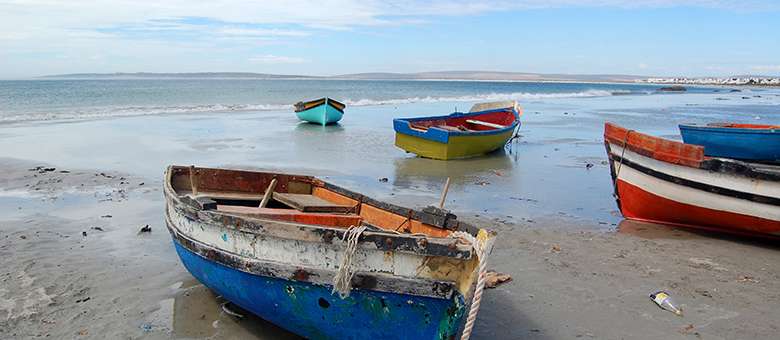
The Wonders of the West Coast
This region offers an unmatched combination of pristine beaches, authentic cultural experiences, and world-class wildlife viewing—exactly what discerning travellers are looking for. While the usual Cape Town attractions draw the crowds, the West Coast holds a treasure trove of unique experiences waiting to be discovered. For those seeking something beyond the ordinary, this is where true adventure begins.
Following the coastline south, the floral magic continues in the West Coast National Park, just an hour’s drive from Cape Town. The park’s Postberg section, open exclusively during flower season, is a photographer’s dream, where wildflowers frame picturesque lagoons and grazing wildlife, including springbok and zebra. This is also an ideal destination for birdwatchers, kayakers, and nature lovers.
🌍 Historical Highlight: Visit the Fossil Park near Langebaan, where prehistoric fossils of ancient short-necked giraffes and sabre-toothed cats offer a glimpse into South Africa’s past.
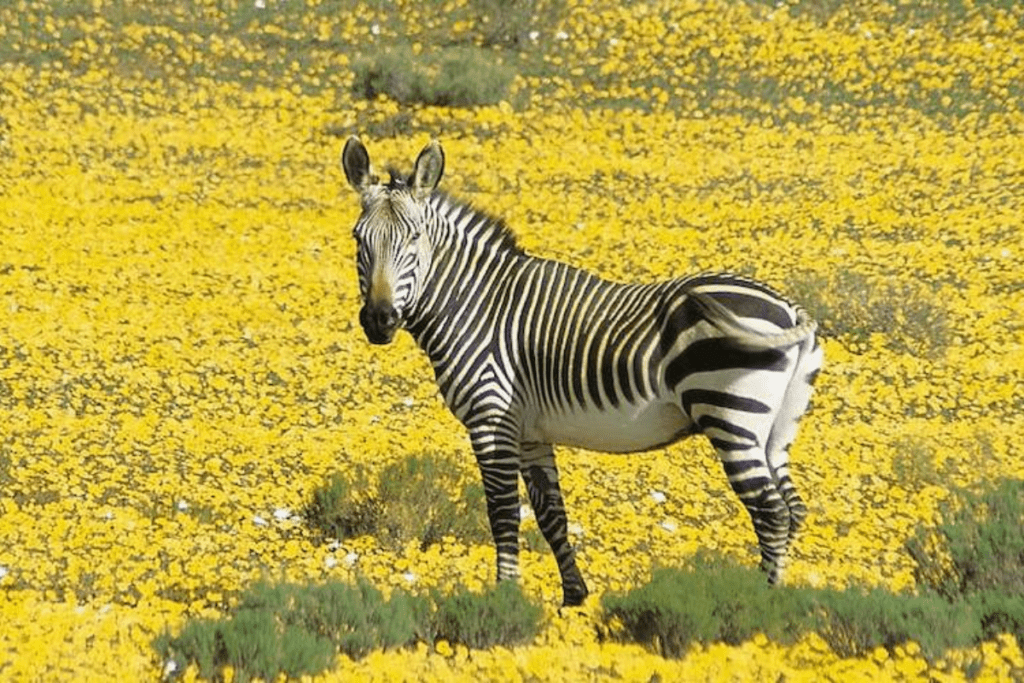
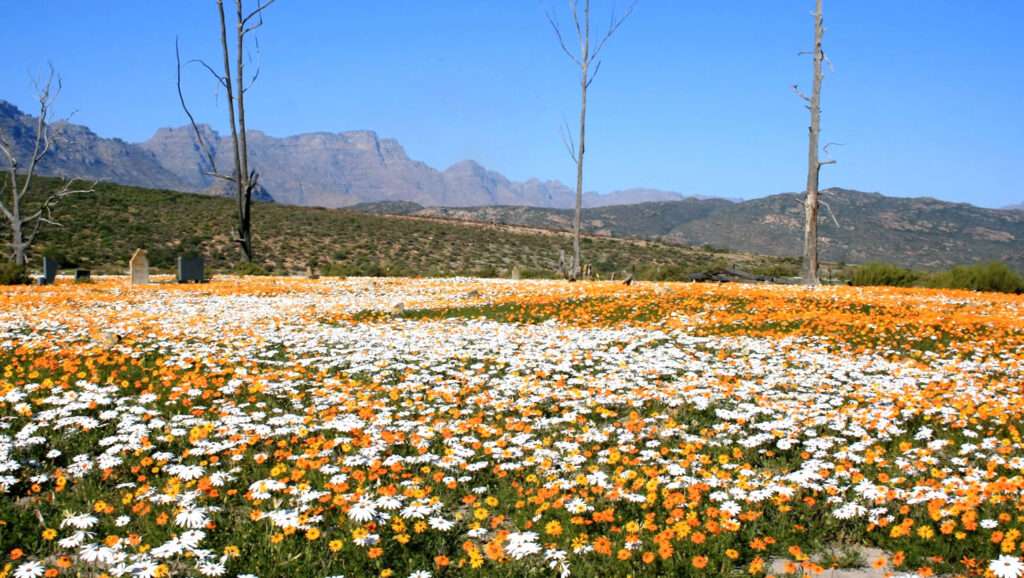
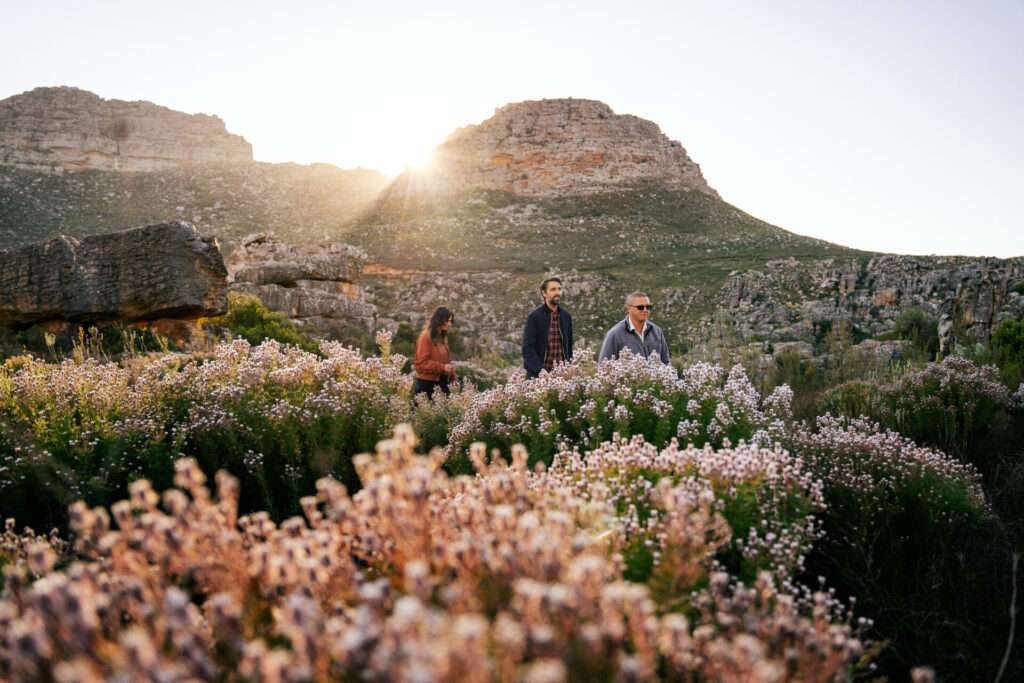
Need-to-Know:
🌼 Season Timing: Peak bloom is expected from late July to early October.
📍 Best Viewing Spots: From Darling, the West Coast National Park, and Clanwilliam to Vanrhynsdorp, Nieuwoudtville, and onwards to the Northern Cape towns of Garies, Springbok, Kamieskroon, and Port Nolloth—including the Namaqua National Park and Biedouw Valley—you can experience the spectacular wildflower display.
📅 Best Time to Visit: Spring (late August to the end of September) is the prime time to witness mass floral displays. Autumn (March/April) is the best season to see the blooming of March lilies and other bulb species in Nieuwoudtville.
⏳ Length of Stay: At least a week to explore the flowers and attractions in this vast area. Keep in mind that flowers do not open in heavily overcast or rainy weather, so it’s best to factor in an extra day or two.
🌿 Biodiversity: With over 3,500 plant species, many found nowhere else on Earth, this region is a floral wonderland.
📍 Must-See: Namaqua National Park offers a chance to immerse yourself in endless fields of daisies, vygies, and other indigenous flora. Enjoy self-drive routes, guided walks, and even exclusive flower camps for a luxurious stay under the stars.

